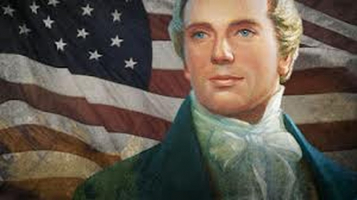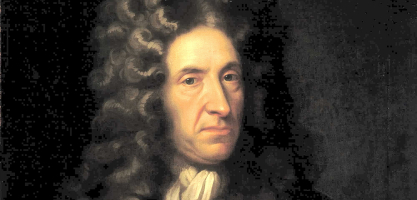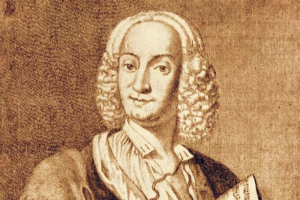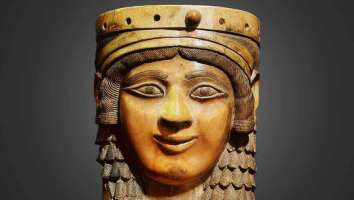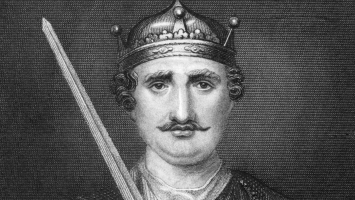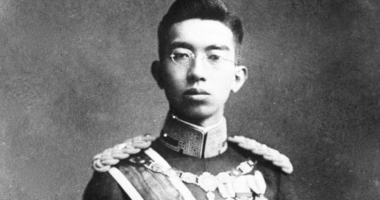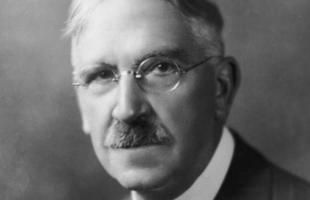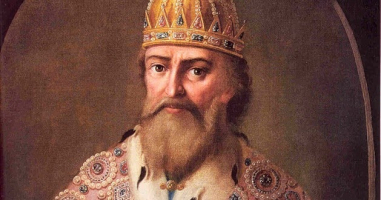Top 11 Interesting Facts About Joseph Mallord William Turner
Turner, who was raised in a working-class household in London, began to exhibit hints of talent at a young age and later rose to prominence as one of the ... read more...greatest painters of his day. He was also reputed to be eccentric and to have engaged in a few contentious relationships. Turner, who is regarded as the most famous British artist ever, is known as "the painter of light" because of his skill in portraying the effects of atmosphere and light. Learn about the life, work, family, accomplishments, and death of J.M.W. Turner through these 11 interesting facts about Joseph Mallord William Turner.
-
In London's Covent Garden neighborhood, Joseph Mallord William Turner was born in 1775. Although he stated it was April 23, it is not known with certainty when he was born. He was the child of a stylist and wig producer William Turner and his wife Mary Marshall to live to maturity. Turner was given the name of Brentford, Middlesex, butcher Joseph Mallord William Marshall, who was his maternal uncle.
His parents welcomed Mary Ann as a second child in 1778, but she passed away in 1783. Mary Marshall battled mental illness daily. Turner was transferred to live with an uncle when he was eleven years old because of his mother's mental instability. Her health deteriorated when her daughter passed away, and in 1800 she was checked into the famed mental hospital Bethlem Hospital, often known as Bedlam. On April 15, 1804, she passed away there. Turner's father resided with him in his final years and served as his cook, gardener, and studio coworker.
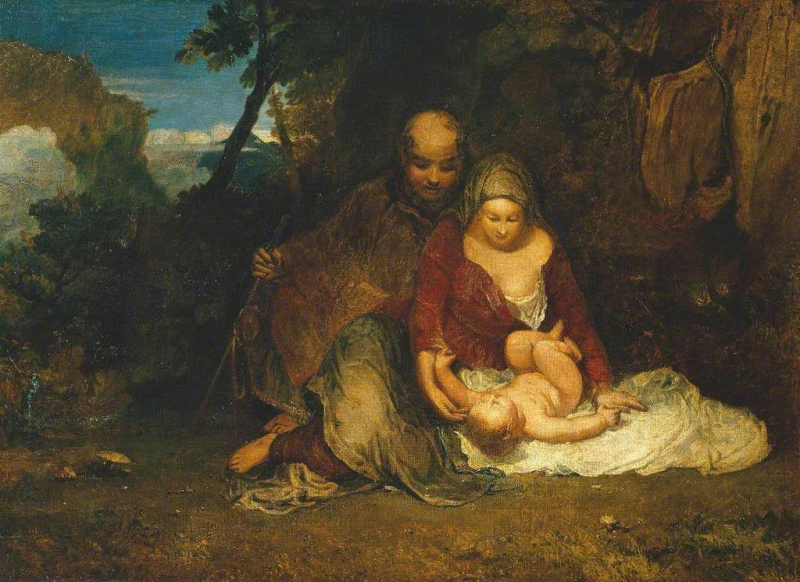
commons.wikimedia.org 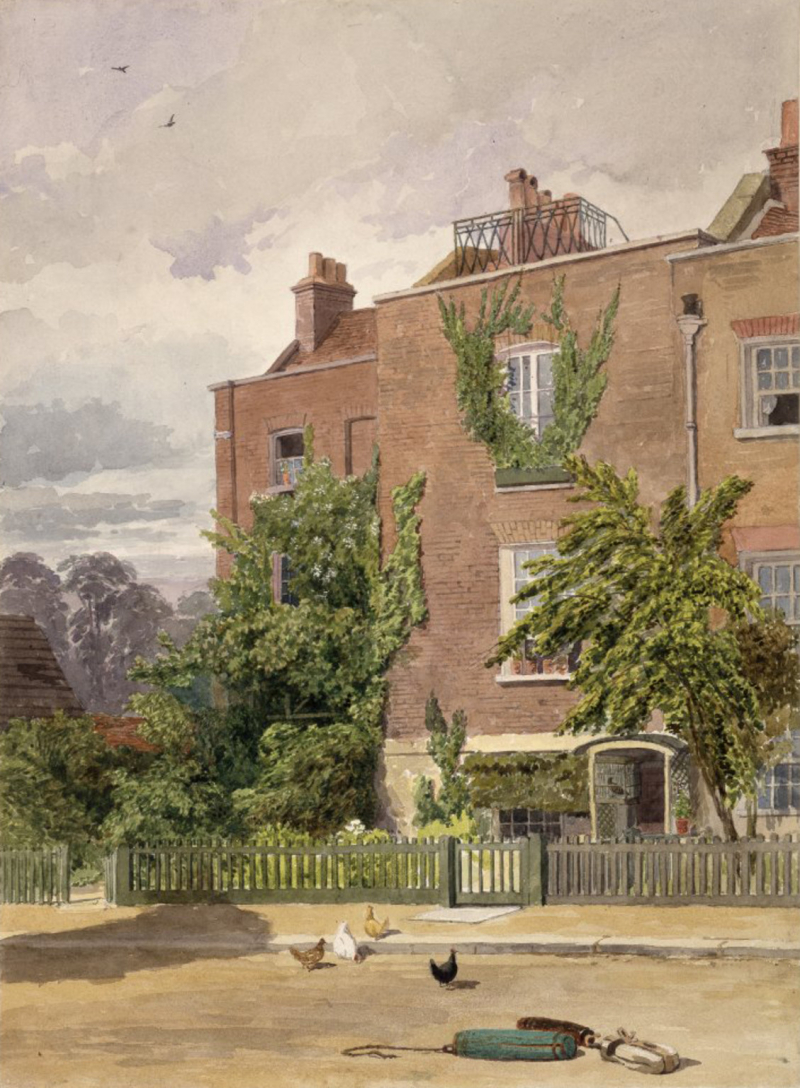
commons.wikimedia.org -
At 10 years old, William was transferred to live in Brentford with his maternal uncle in 1785 because of his mother's mental instability. Turner began his artistic journey there in Brentford by painting several etched plates. He was moved to live with a different cousin in the Kent town of Margate the following year. There he went to school and started to paint the hamlet and its surroundings. William went to the schools run by John White in Brentford and Thomas Coleman in Margate.
Turner showed early artistic skill despite having no formal education, and by the time he was thirteen, his father sold Turner's teenage drawings from his barber shop for a few shillings apiece. The young Turner loved to sketch. Early in his career, Turner worked with a topographical draftsman to produce architectural drawings for various architects. As a result, many of his early paintings and drawings have architectural motifs. Turner had drawing lessons from English topographical and architectural view painter Thomas Malton in 1789. Later, Turner referred to Malton as his "true master."
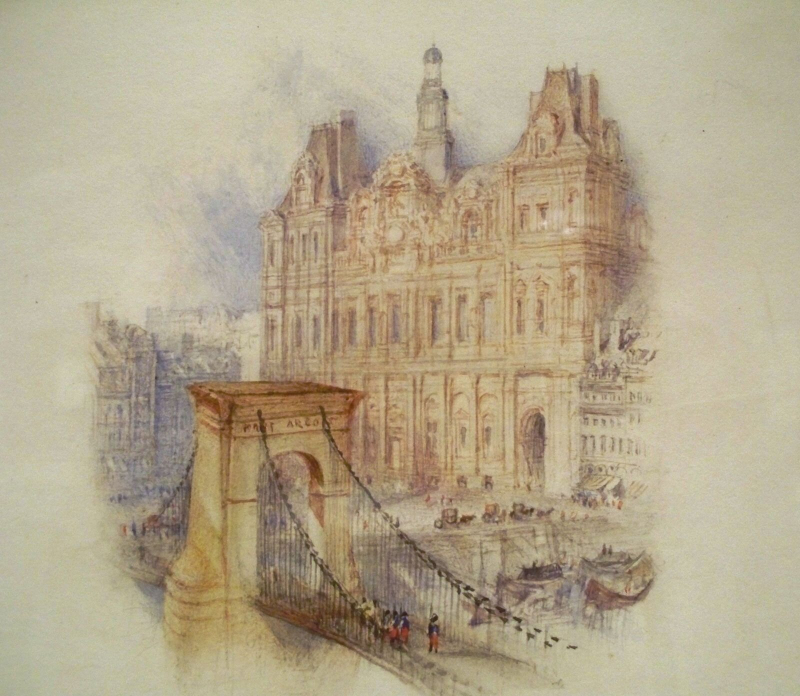
artsandculture.google.com 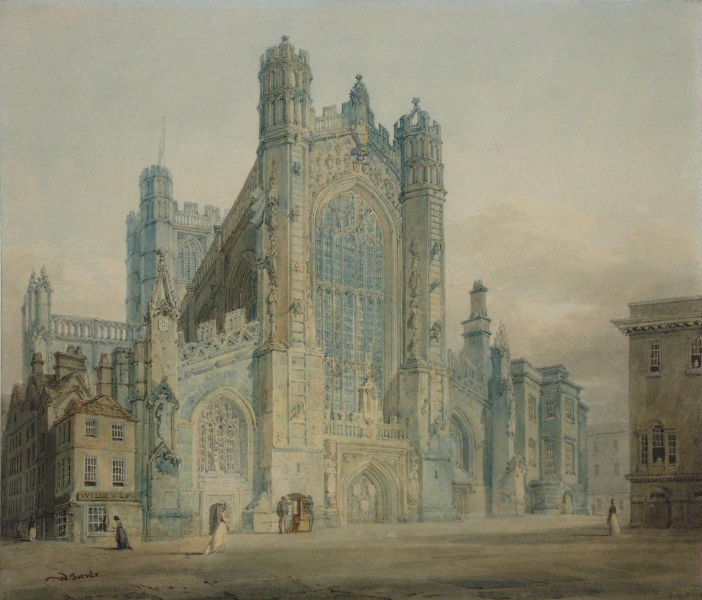
-
One of the most interesting facts about Joseph Mallord William Turner is he formally started his vocation at the Royal Academy of Arts at a young age. Turner entered the Royal Academy of Art schools in December 1789, when he was 14 years old. He received the "Great Silver Pallet" from the Royal Society of Arts in 1793 for his landscape sketching. Beginning in 1792, he spent his summers traveling the nation in search of topics, capturing sketches in his sketchbooks that would eventually be developed into polished watercolors. His early work is conventional in style and geographical in nature (concerning the exact representation of places), copying the greatest English painters of the time.
Turner started providing drawings for the Copper Plate Magazine and the Pocket Magazine in 1794 while working with engravers. Additionally, the recently-deceased landscape painter John Robert Cozens' incomplete sketches were copied or elaborated using him. Turner began displaying both watercolors and oil paintings at the Royal Academy in 1796 the title of which was Fishermen at Sea. His fame was established by the artwork, which received accolades from critics of the day. A modern reviewer praised the first, Fishermen at Sea (1796), a moonlit landscape, as the product "of an unusual intellect."
Turner was chosen as an associate of the academy in 1799 at the earliest allowable age of 24, and in 1802 he was made a full Royal Academician. Turner acquired a position as Professor of Perspective at the Royal Academy in 1807; he maintained this position for 30 years, from 1807 to 1837, but he delivered his final lectures on perspective in 1828. His initial presentations and compositions were made possible by the school, which maintained them on exhibit until his passing.
He formally started his vocation at the Royal Academy of Arts at a young age
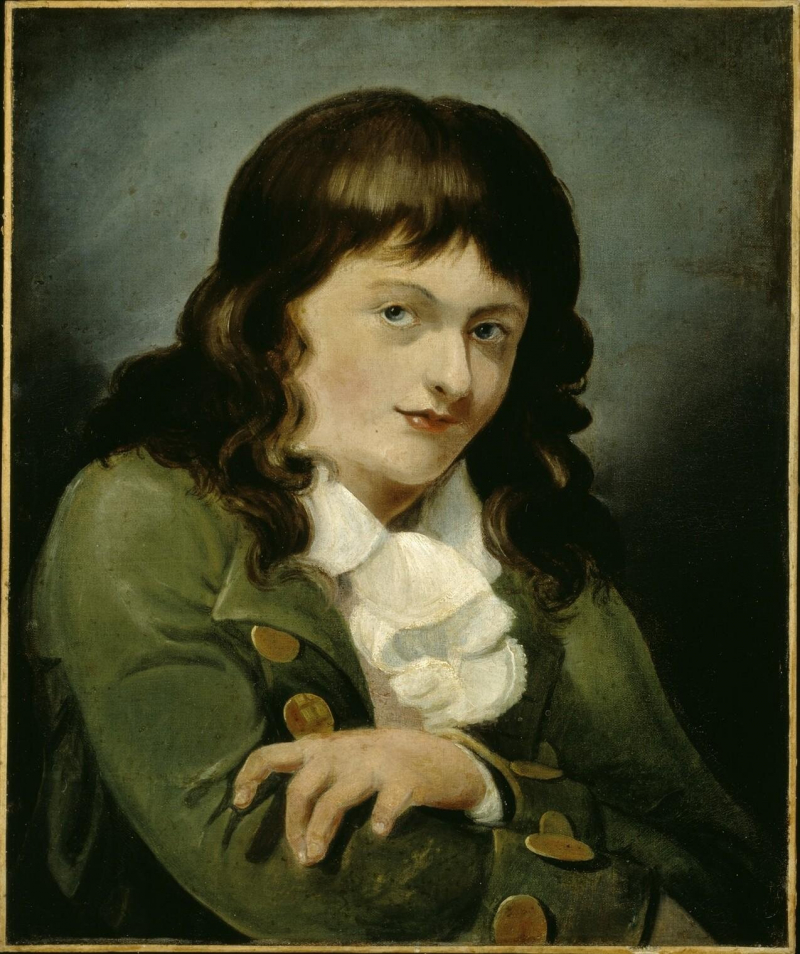
artsandculture.google.com 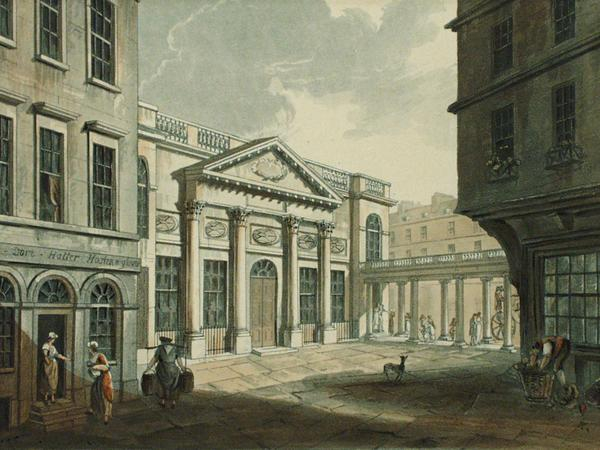
artsandculture.google.com -
Turner was influenced by the British Romantic landscape painters Richard Wilson and John Robert Cozens early in his career. He was frequently hired to reproduce or mimic John Robert Cozens's unfinished sketches. Turner seemed to be competing with himself and found inspiration in his works of art. Turner was profoundly influenced by Cozens's style, particularly how he handled light, while Wilson's work showed him how to see the world lyrically. Turner drew inspiration from a variety of different painters, including Willem van de Velde the Younger, a Dutch sea painter.
While honing his distinctive style, he perfected every landscape technique he appreciated. He used creative methods that had an impact on the well-known art style known as Impressionism, which originated in France and expanded across the western world. The Impressionists, such as Claude Monet, attentively examined J.M.W. Turner's artwork.
Turner's enjoyment of creating art "en Plein Air," or in the open air, was one of the things that made him so extraordinary. In Turner's era, this was unusual because most painters worked in their studios. Turner painted what he would see all the time and usually always had his sketchbooks, canvases, and paints with him.
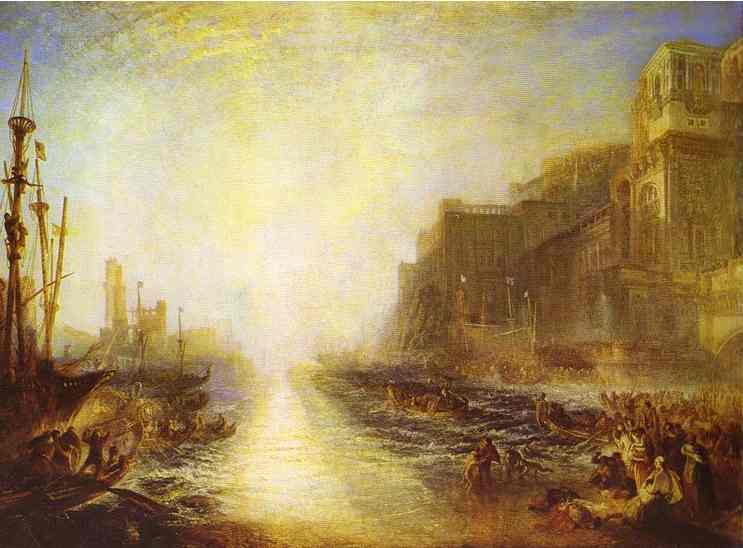
artsandculture.google.com 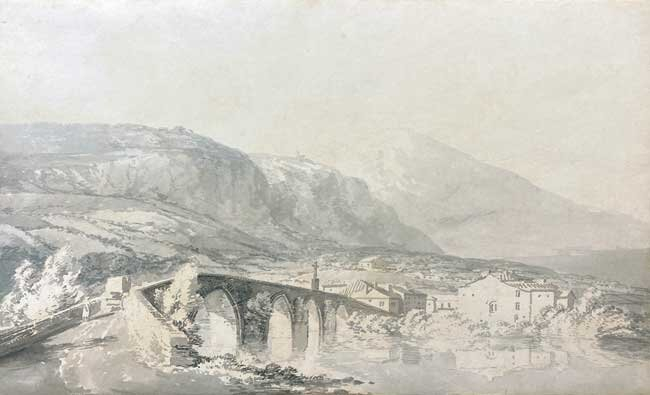
artsandculture.google.com -
One of next the interesting facts about Joseph Mallord William Turner is his art composition incorporated various drawings from all around the world. He extended his journey into Europe in 1802, stopping in France and Switzerland. This trip was paid for by a group of aristocrats, who also gave him access to a modest bus and a French-speaking translator. Throughout the journey, he made approximately 400 drawings, which he used to document the voyage in his painting Calais Pier (1801).
After the Napoleonic Wars ended in 1815, Turner was permitted to travel abroad once more. In the summer of 1819, he made his first trip to Italy, seeing Naples, Rome, Florence, and Venice. He produced more than 1,500 drawings during this time, from which he derived several paintings. Otley in Yorkshire and Venice in particular served as inspiration for him. Throughout his career, he frequently returned to Otley after his initial trip there in 1797. In the following 20 years, he frequently visited Venice after his first trip there in 1819. Venice was a recurring motif in several of Turner's best works throughout his mature time. His use of color is changing in these works, such as The Grand Canal, Venice (1835), which features numerous translucent layers, warm and cold hues that build structure, and a larger spectrum in general.
Turner visited numerous locations in England and Scotland while alternating tours to the continent throughout the 1820s. He created stunning drawings of the Cowes regatta in 1827, and he returned to Italy in 1828. After the death of his father in 1829, Turner visited the earl of Egremont frequently in Petworth, Sussex, and created beautiful sketches of the earl's home and gardens. Turner continues to visit Switzerland, Italy, Germany, France, Denmark, and Czechoslovakia in the last 15 years of his life. His constant vigor in sketching while traveling has been noted by observers, and the almost 19,000 drawings in the Turner Bequest attest to this labor. Nevertheless, William Turner's paintings started to lose details and flow more fluidly and ethereally. The Great Western Railway is a well-known example from this era of "Train, Steam, and Speed" (1844).
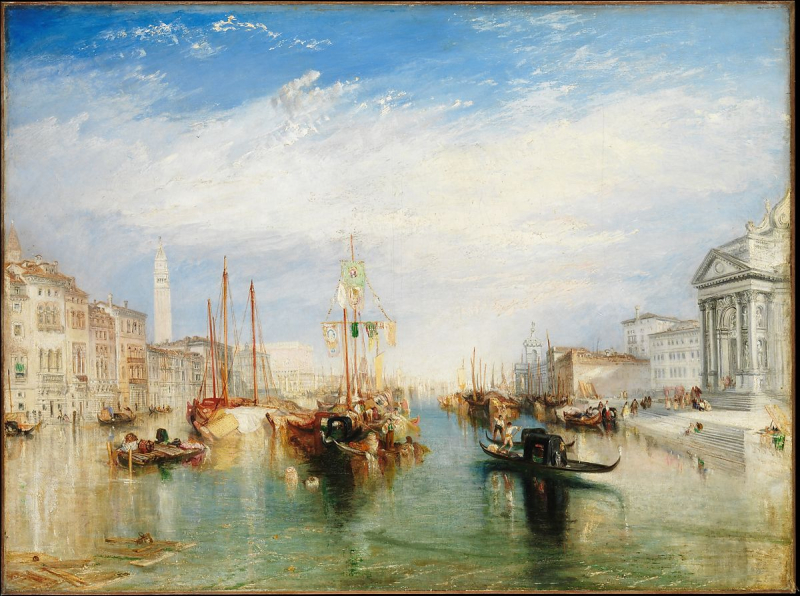
artsandculture.google.com 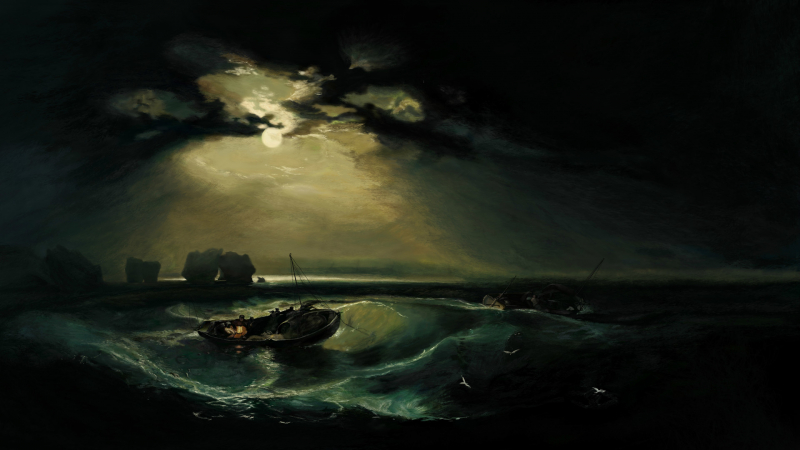
artsandculture.google.com -
Turner's profound engagement with subjects that were not just ahead of their time but are still relevant today was proved by this extraordinary reception of a pre-modern master's work by a museum dedicated to contemporary art. Turner inspired various contemporary Danish-Icelandic artists. The young artist Olafur Eliasson has investigated the use of light and color in a selection of seven Turner paintings in his series of new works by abstracting the colors into vibrant color studies. These new pieces are connected to an ongoing series of Color experiment paintings that Eliasson started in 2009 in which he collaborated with a scientist to create a paint color for each nanometer of visible light. The seven oil paintings in the series each explore a different aspect of Turner's passion for light and color.
"My art has been greatly influenced by Turner's skill in sculpting and framing light in his paintings. Ephemera has always been a focus of mine as a way to investigate ideas of metamorphosis, movement, and atmosphere, as well as how our sense of self is something that is constantly altering as a result of our numerous interactions with others and the outside world. To separate Turner's sense of ephemera from the objects of desire that his paintings have evolved into, I've separated light and color in Turner's color experiments. The spherical canvases' schematic color arrangements create an impression of endlessness and enable the observer to approach the artwork in a dispersed, wandering manner." - Being a well-known Danish-Icelandic artist, Olafur Eliasson states.
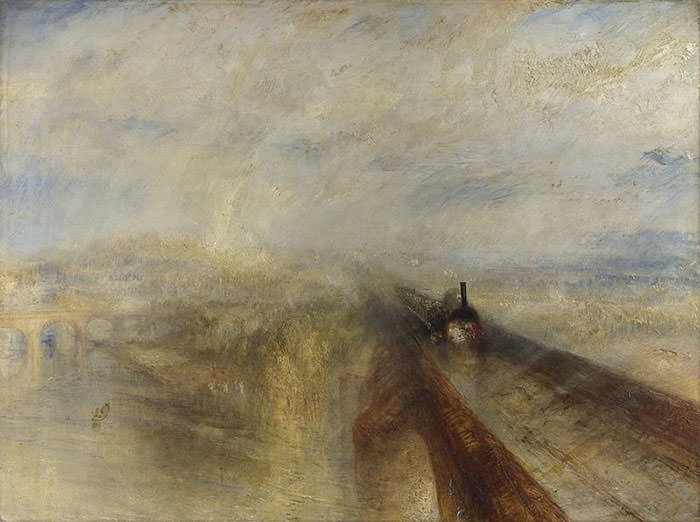
learnodo-newtonic.com 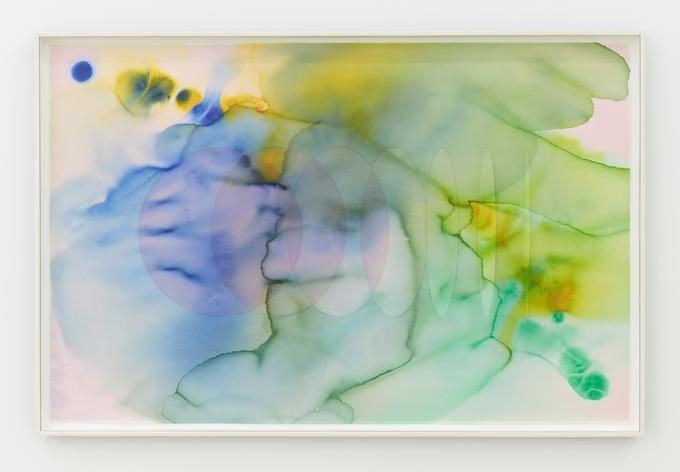
olafureliasson.net -
Interesting facts about Joseph Mallord William Turner and what means the most to him as well as everyone else is his dying wish was to advance the art and give opportunities to future generations of artists. He gave his completed paintings to the National Gallery under the condition that a separate gallery is erected to house them. He intended to give the most of his £140,000 inheritance to establish a foundation for "decayed painters" in his will.
While both completed and unfinished paintings and sketches became national property as the Turner Bequest as a consequence of prolonged litigation with his relatively distant family, the majority of the money reverted to them. Sir Joseph Duveen did not construct a specific gallery to hold some of the oil paintings at the Tate Gallery until 1908. After the River Thames flood of 1928, when the storerooms at the Tate Gallery were submerged, all of the drawings and watercolors were moved to the British Museum for safety.
They were later returned to the Tate Gallery upon the opening of the Clore Gallery, an addition created by James Stirling specifically for that purpose, in 1987. The National Gallery still has a handful of the oil works. The Turner Prize funding is given to visual artists under the age of 50 by the Tate Gallery in memory of J. M. W. Turner.
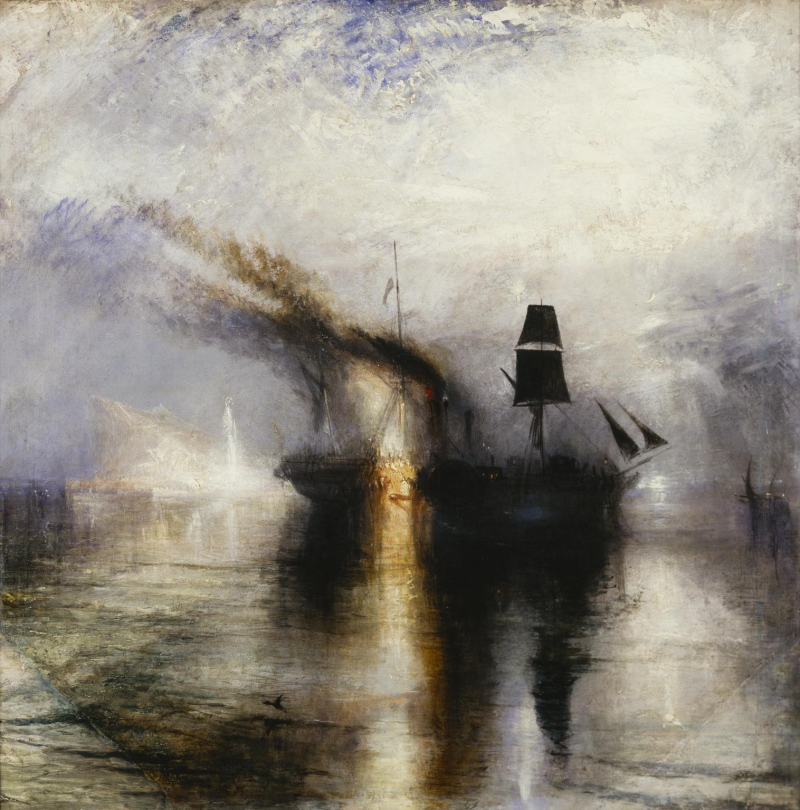
artsandculture.google.com 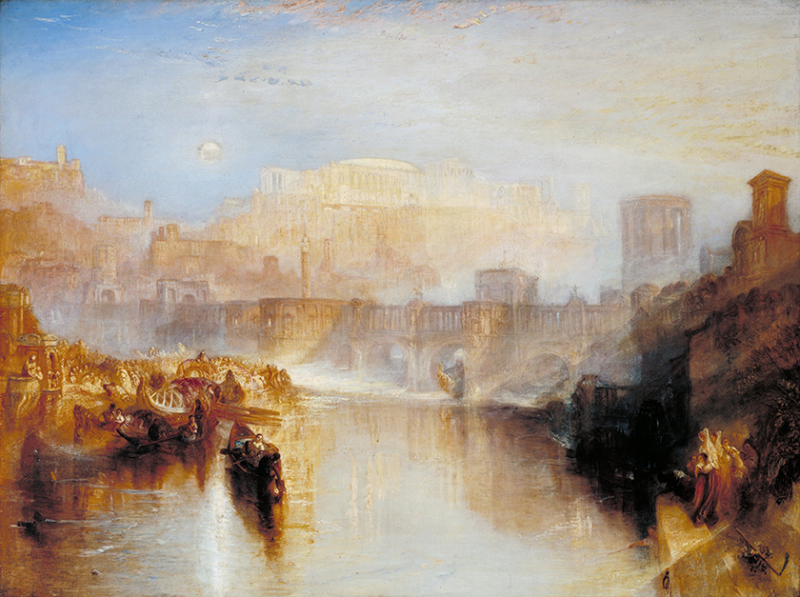
artsandculture.google.com -
At the beginning of his career, Turner became a highly sought-after artist. Walter Ramsden Fawkes (1769–1825), a prominent patron in his early 20s who resided at Farnley Hall, frequently extended invitations for him to visit Otley in Yorkshire. Through the course of their friendship, Turner frequently traveled to Yorkshire. Turner's influence on artists as different as Monet and Rothko only serves to highlight his significance both then and today. There is something in Turner's art for everyone, from Romanticism to pre-Impressionism, watercolors to oils, architectural intricacies to turbulent seascapes.
His works frequently emphasized the power of nature in fresh ways, rendering the human form and everything else humans had created appears little and frail in contrast. Railway trains and steamships are extensively depicted in Turner's artwork, hinting at a recurring obsession with these aspects of contemporary life that would appear in the works of later generations of artists. Turner also included new motifs from the industrial period in his works of art.
During his lifetime, he produced more than 30,000 sketches, more than 2,000 watercolor paintings, and more than 500 oil paintings. J. M. W. Turner's one of the most famous British painters and is also regarded as one of the best landscape painters of all time. In his honor, the acclaimed annual Turner Prize for art was established in 1984. In a BBC survey conducted in 2005, Turner's 1838 masterwork The Fighting Temeraire was chosen as the nation's favorite painting. J.M.W. Turner will be featured on the next £20 note, the Bank of England said in April 2016.
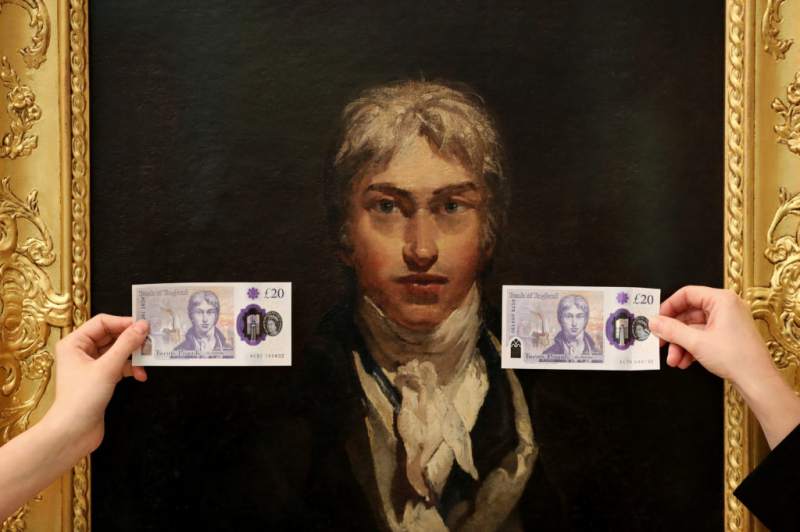
www.habituallychic.luxury 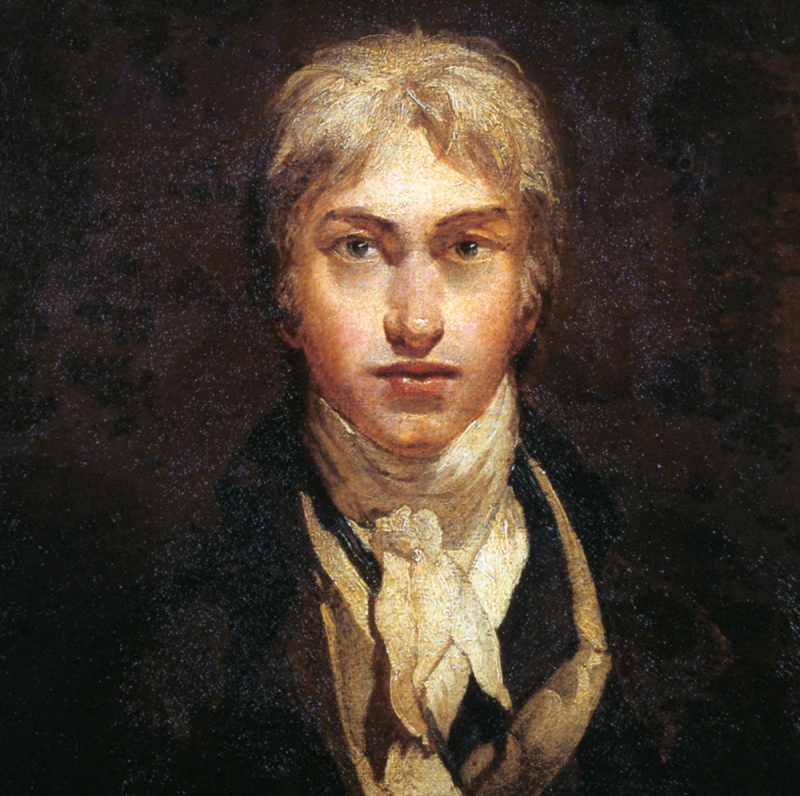
artsandculture.google.com -
Turner paid close attention to natural and architectural aspects in the early stages of his creative career. His landscapes acquired a more brilliant and atmospheric aspect in the 1810s, and he began to place more emphasis on color than on the specifics of the topography itself. Turner began to pay less and less attention to specifics as time went on and paid more attention to the overall effects of color and light. He became more and more enthralled by the surrounding environment. With just a hint of movement, his compositions become more fluid. Future generations valued these vibrant abstractions from his mature years more.
Turner painted and sketched throughout the day and in all types of weather. He painted mist, rain, snow, sunrises, and sunsets. Along with oils, he also worked with watercolors and sketches, but it was the impact of the previous two that would shape his own personal style, which frequently employed oil paint in a wide, transparent manner to create settings of immense light and color. Turner is known as "the painter of light" due to his innovative interpretations of light and color in his works of art.
Turner gained popularity for his work's distinctly bright look in the second half of his career. Turner has no established method; instead, he moves the colors about until he has fully portrayed the concepts in his head. Turner was unafraid to chase the most gloss and brilliance he could extract from his color scheme while accomplishing this. Turner's expressive use of paint was even more avant-garde than his delicate color scheme. Turner was capable of accurately portraying a scene, but his approach evolved with time, frequently forsaking definition in favor of brilliant expressiveness.
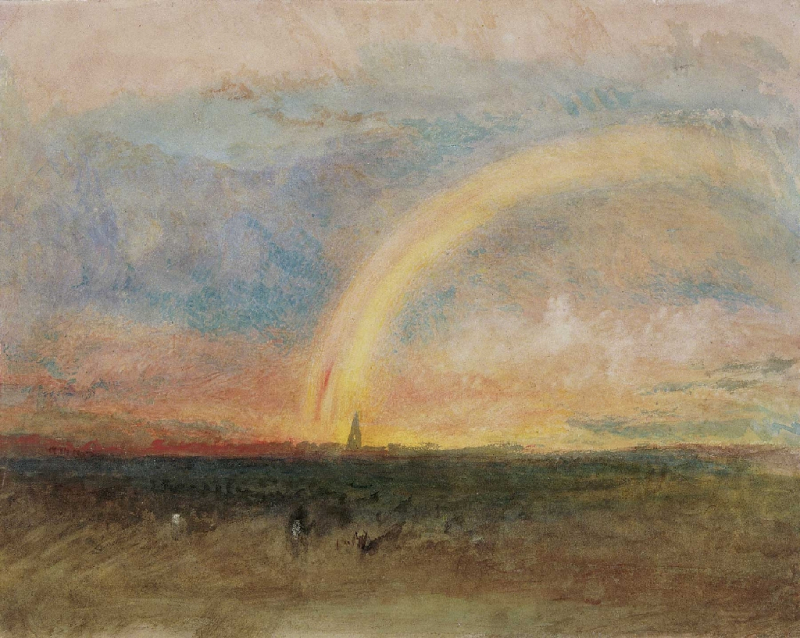
www.segmation.com 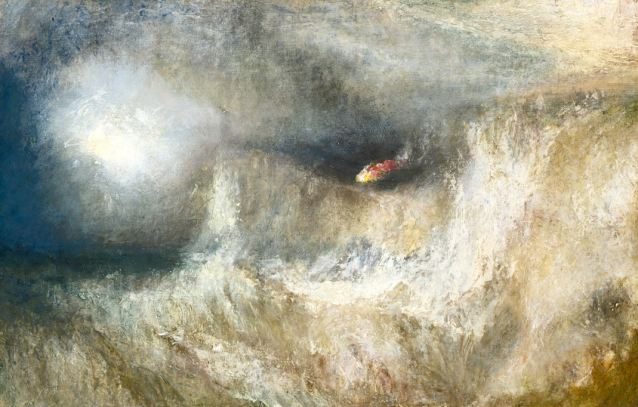
www.habituallychic.luxury -
At the age of 25, J.M.W. Turner started a relationship with Sarah Danby, a widow of one of his acquaintances and ten years his senior. For around fifteen years, they were in an on-off relationship. Evelina and Georgiana were Sarah Danby's children, born in 1801 and 1811 respectively. Although Turner refused to admit that he was the father of Danby's children, this is now universally accepted. Turner also employed Hannah Danby, a 23-year-old relative of Sarah, who served as his housekeeper for 40 years until his passing. Hannah obtained a sizeable pension and custody of Turner's artwork after his death, whereas his two daughters only received modest bequests.
With age, Turner's oddities became more well-known. He used stuff regularly. Then, after seeing it in a new light, he pulled out his snuffbox and spread powdered tobacco over the canvas. He once took a still-wet painting to the Royal Academy. Turner was renowned for being reclusive and withdrawn. However, he did have a close relationship with his father, who spent thirty years living with him and serving as his studio assistant. Turner was profoundly affected by the passing of his father in 1829. He became increasingly eccentric and prone to depressive episodes as a result. He staged exhibits but reluctantly sold his paintings, which caused him to have protracted bouts of depression.
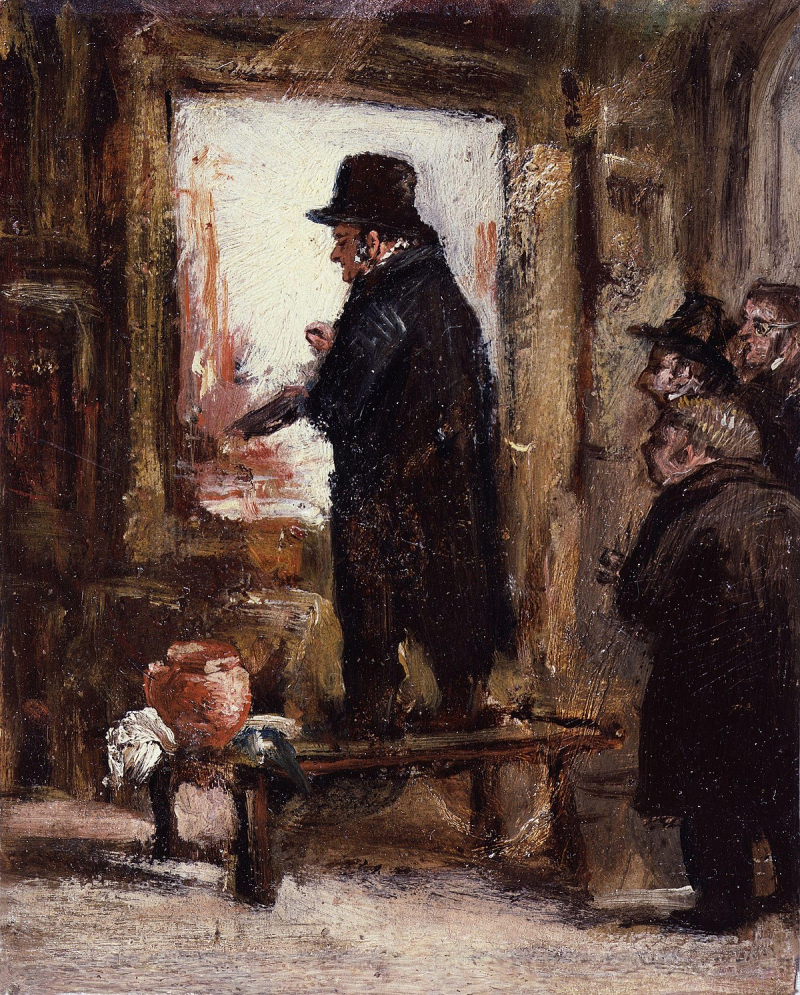
www.npg.org.uk 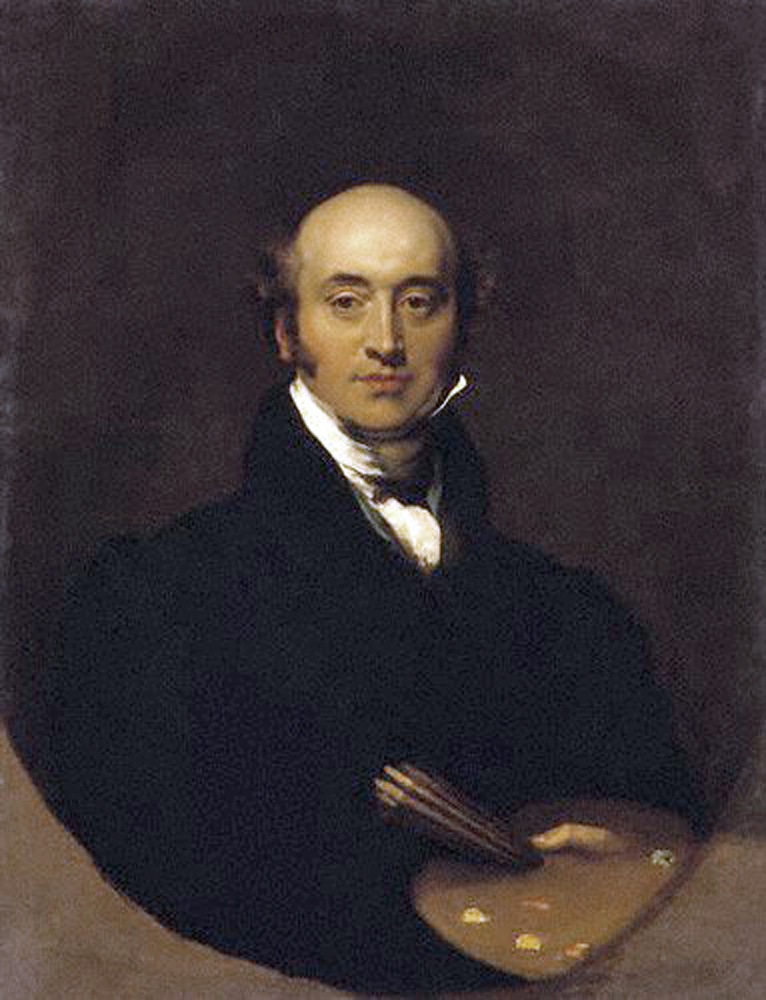
www.habituallychic.luxury -
Sophia Caroline Booth, a self-sufficient widow 25 years his younger, and J.M.W. Turner eventually began dating. The only household experience Turner had was with them, which lasted until the end of his life. The sick Turner was cared for in his final days by Sophia Caroline Booth; he died alone and was almost completely blind, having survived in his final days on a diet of spoon-fed milk and whiskey. In Chelsea's Cheyne Walk, Turner gave Sophia a riverfront house.
Joseph Mallord William Turner had been hiding out in a Chelsea shack in London for at least five years at the time of his death in 1851. Even the housekeeping at his official abode at 47 Queen Anne Street was unaware of his movements. Tradespeople in the area called him "Admiral Booth", which is one of the interesting facts about Joseph Mallord William Turner. He was simply known as "Puggy" among the neighboring street kids.
Turner passed away on December 19, 1851, in Sophia Booth's Chelsea home. He was 76 years old when he reportedly proclaimed, "The Sun is God," as his final words. People in the area didn't recognize who he truly was until after his death. Turner was buried in London's St. Paul's Cathedral at his wish.
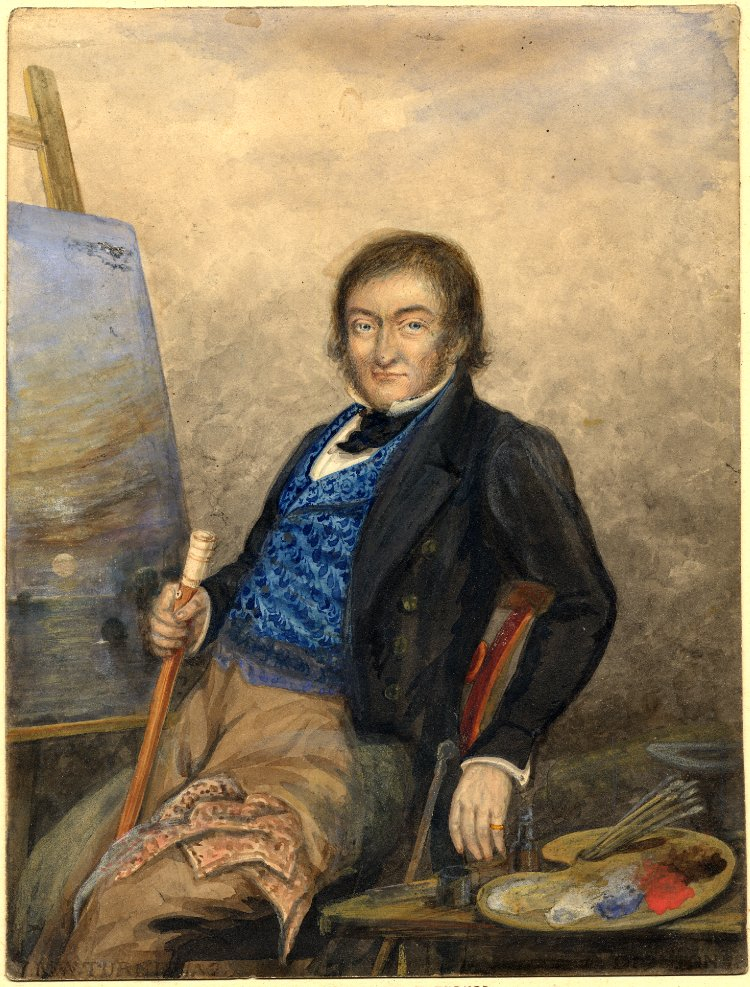
www.npg.org.uk 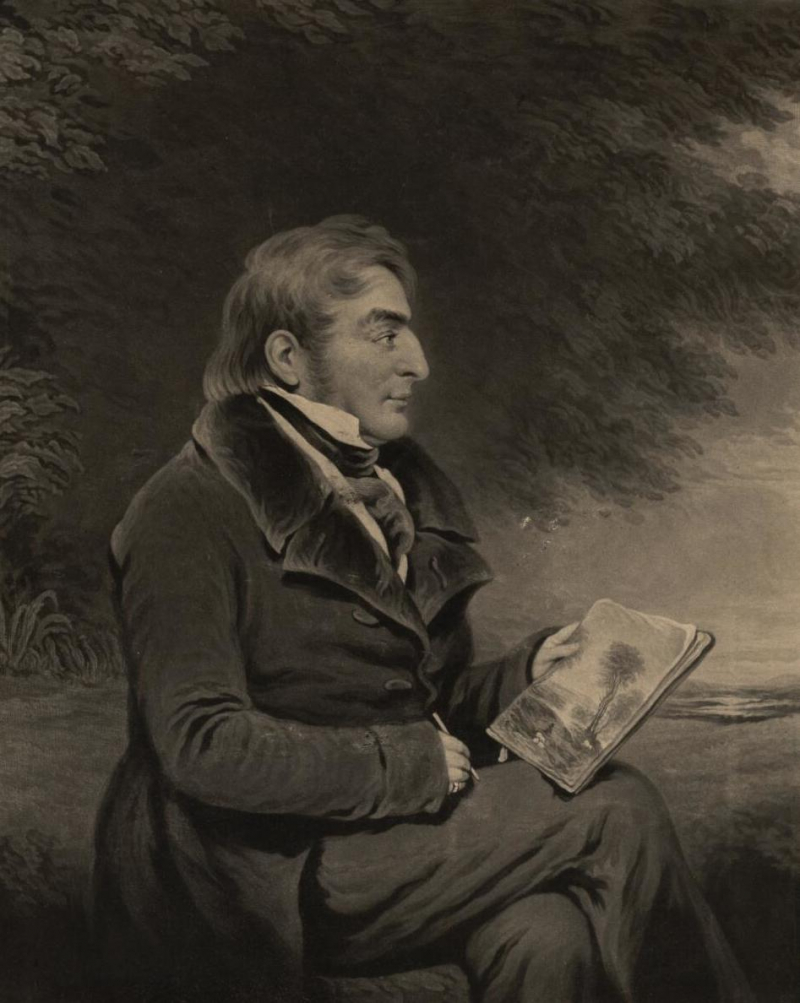
www.habituallychic.luxury













